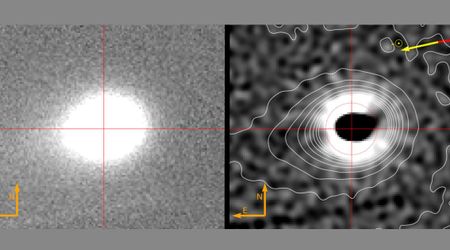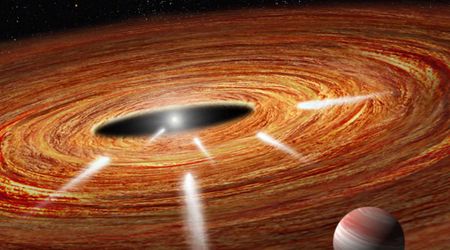Scientists detect a seven-hour gamma ray burst and trace it back to a black hole plunging into a bloated star
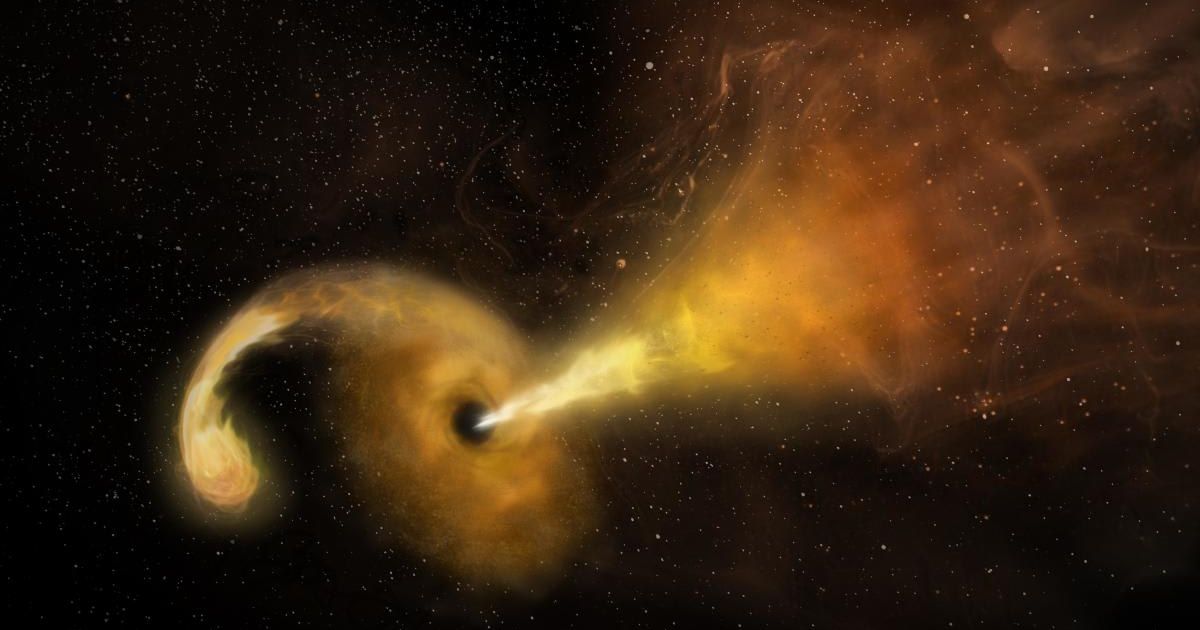
A team of over 50 scientists is proposing a radical new explanation for the longest gamma-ray burst (GRB) ever recorded, suggesting the event was powered by a stellar-mass black hole plunging into a bloated star. The unprecedented seven-hour event, dubbed GRB 250702B, has defied all conventional theories for GRB origins, which typically attribute the powerful cosmic explosions to either the collapse of massive stars (long GRBs) or the merger of neutron stars (short GRBs), as reported on Phys.org.
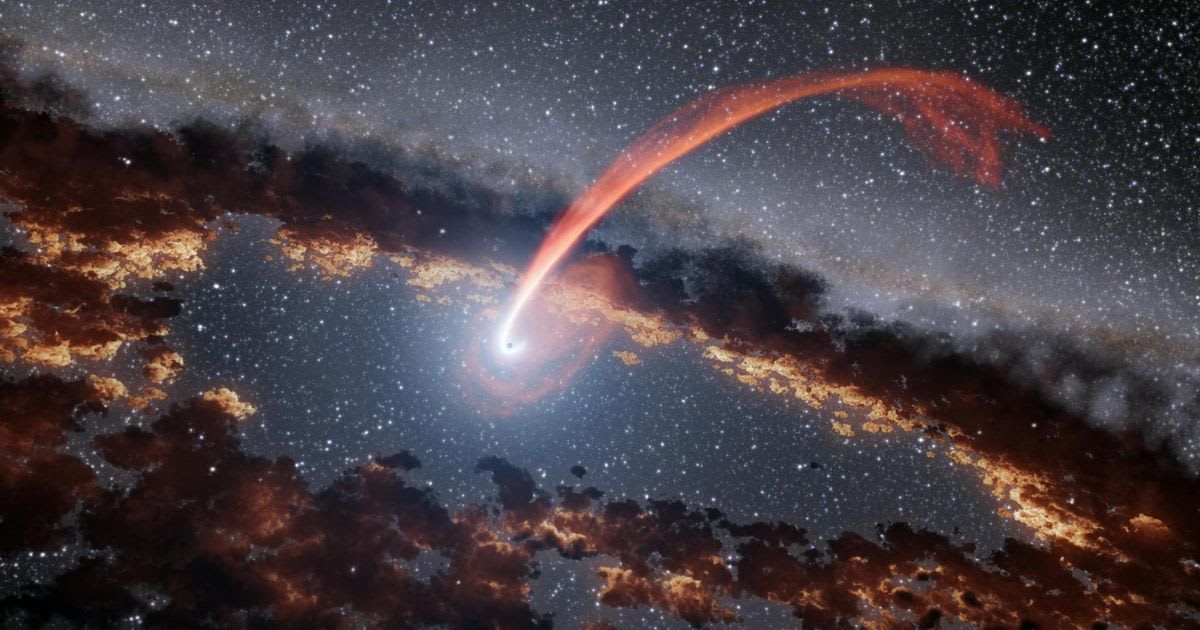
On July 2, 2025, NASA's Fermi Gamma-ray Burst Monitor was the first of several global instruments to detect a sustained energy signal. Compiling data from the Einstein Probe and the Russian Konus-Wind spectrometer, researchers confirmed they were observing an exceptional phenomenon: a gamma-ray burst lasting approximately 25,000 seconds, or nearly seven hours. This duration decisively eclipsed the previous record-holder, GRB 111209A, by over three hours.
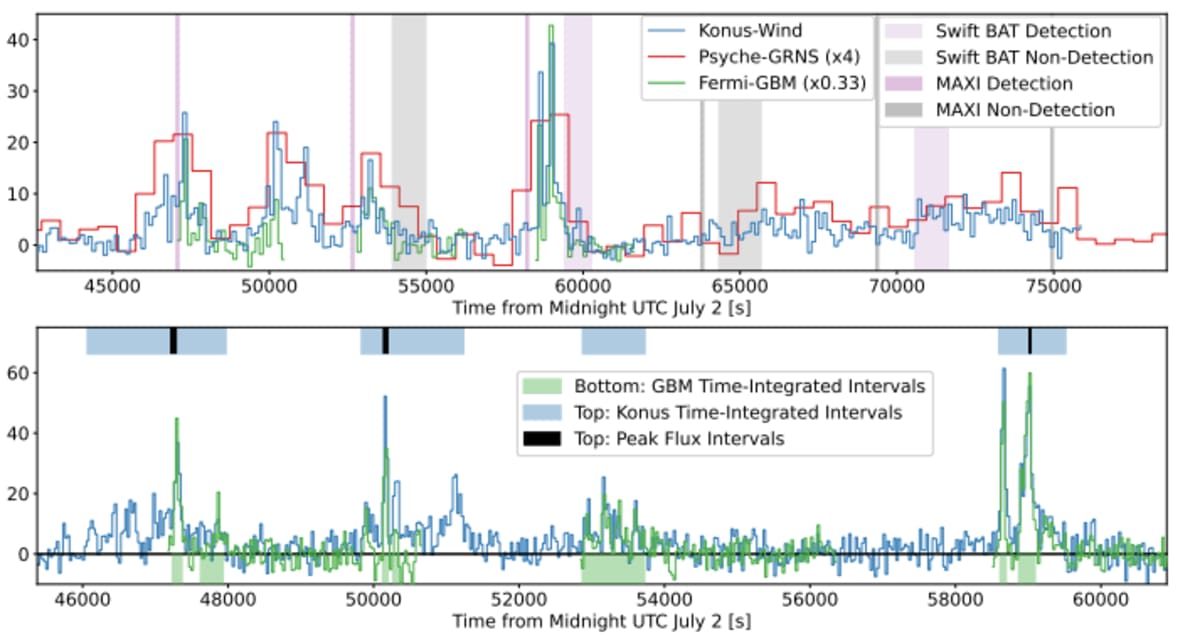
The extraordinary duration and other measured properties of GRB 250702B, including its high peak energy and rapid, sub-second variability, ruled out virtually every established GRB progenitor scenario. "We find a hard spectrum, subsecond variability, and high total energy, which are only known to arise from ultrarelativistic jets powered by a rapidly-spinning stellar-mass central engine," the researchers wrote in a new arXiv preprint. They stressed that these combined properties and the extreme duration are "incompatible with all confirmed gamma-ray burst progenitors and nearly all models in the literature."
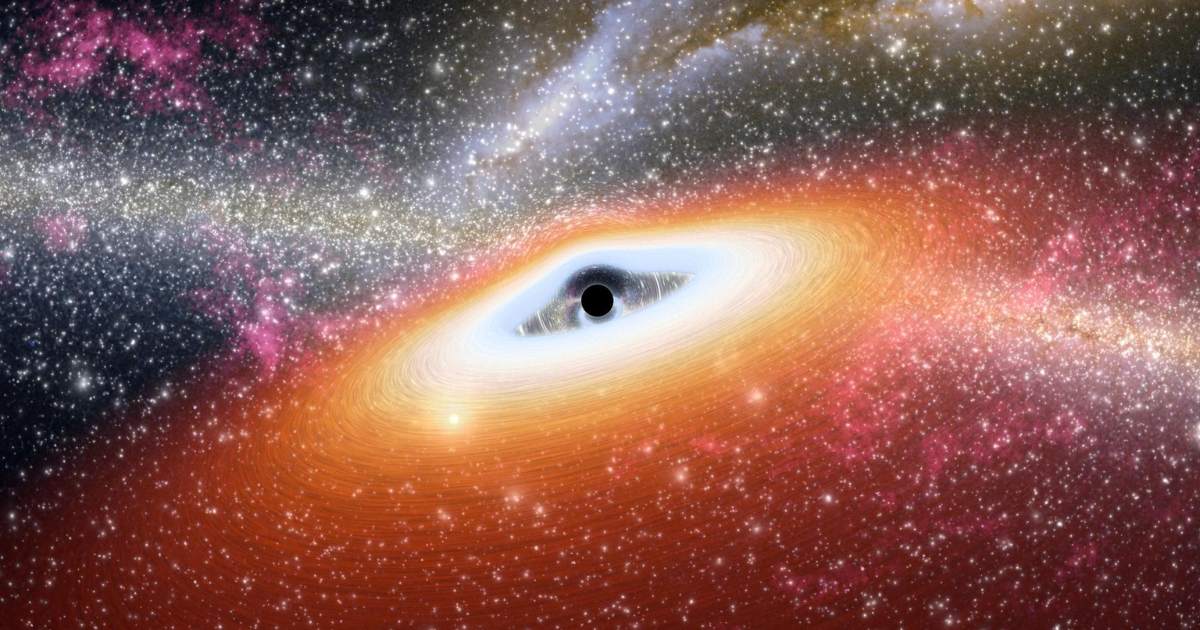
Conventional explanations, such as collapsars, neutron star mergers, and various stellar mergers, were all dismissed based on their inability to sustain the energy output for the required duration or to match the observed spectral and energy profiles. Even supermassive black holes were ruled out as the source, as the event was traced to the outskirts of a distant galaxy, not its central core.
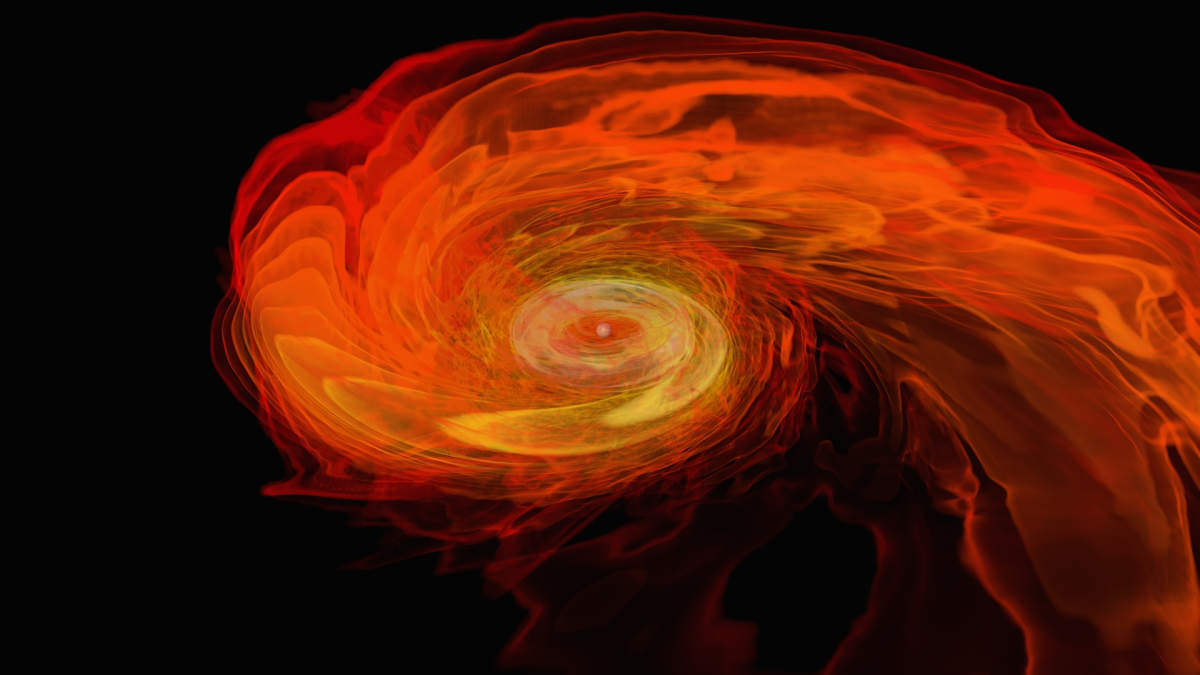
Ultimately, the team converged on a singular, highly energetic scenario: the "helium merger model." This model posits that a black hole in a binary system falls inward and is engulfed by its companion star as the latter begins to swell.
This process involves the black hole consuming the star's material from the inside out, leading to a prolonged release of energy. The star is described as a "stripped star" (a helium star) that has lost its outer layers of hydrogen. As the black hole spirals deeper into the star's core, the resulting friction and loss of orbital energy generate magnetic fields that drive ultrarelativistic jets, the engine of the gamma-ray burst. The process culminates in the explosion of the star, producing a supernova and accounting for the event's longevity and immense power.
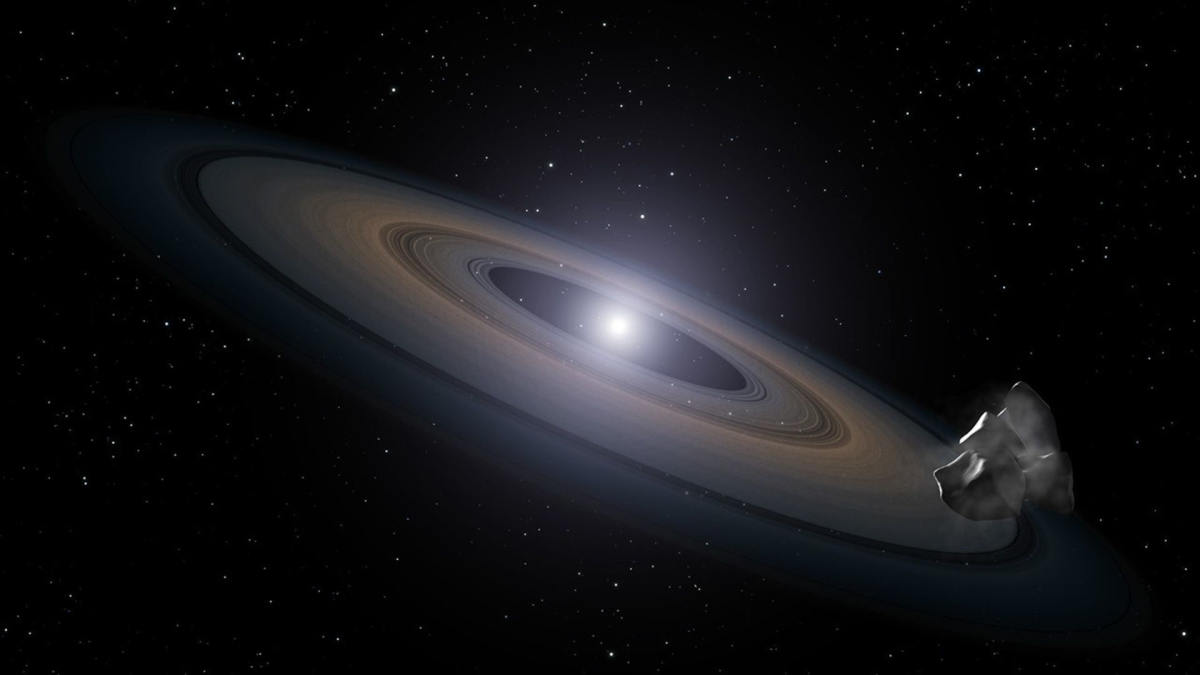
The scientists are hopeful that upcoming observatories, such as the Vera Rubin Observatory's Legacy Survey of Space and Time, will detect similar events in the future, providing further evidence for this compelling new theory of cosmic explosions.

Gamma-ray bursts (GRBs) are the most powerful explosions in the cosmos, emitting gamma rays, the most energetic form of light, according to NASA. Though typically short-lived (milliseconds to minutes), a single GRB can shine a million trillion times brighter than the Sun, releasing more energy in seconds than the Sun will in its entire 10-billion-year life. The seven-hour persistence of GRB 250702B highlights its exceptional nature.
